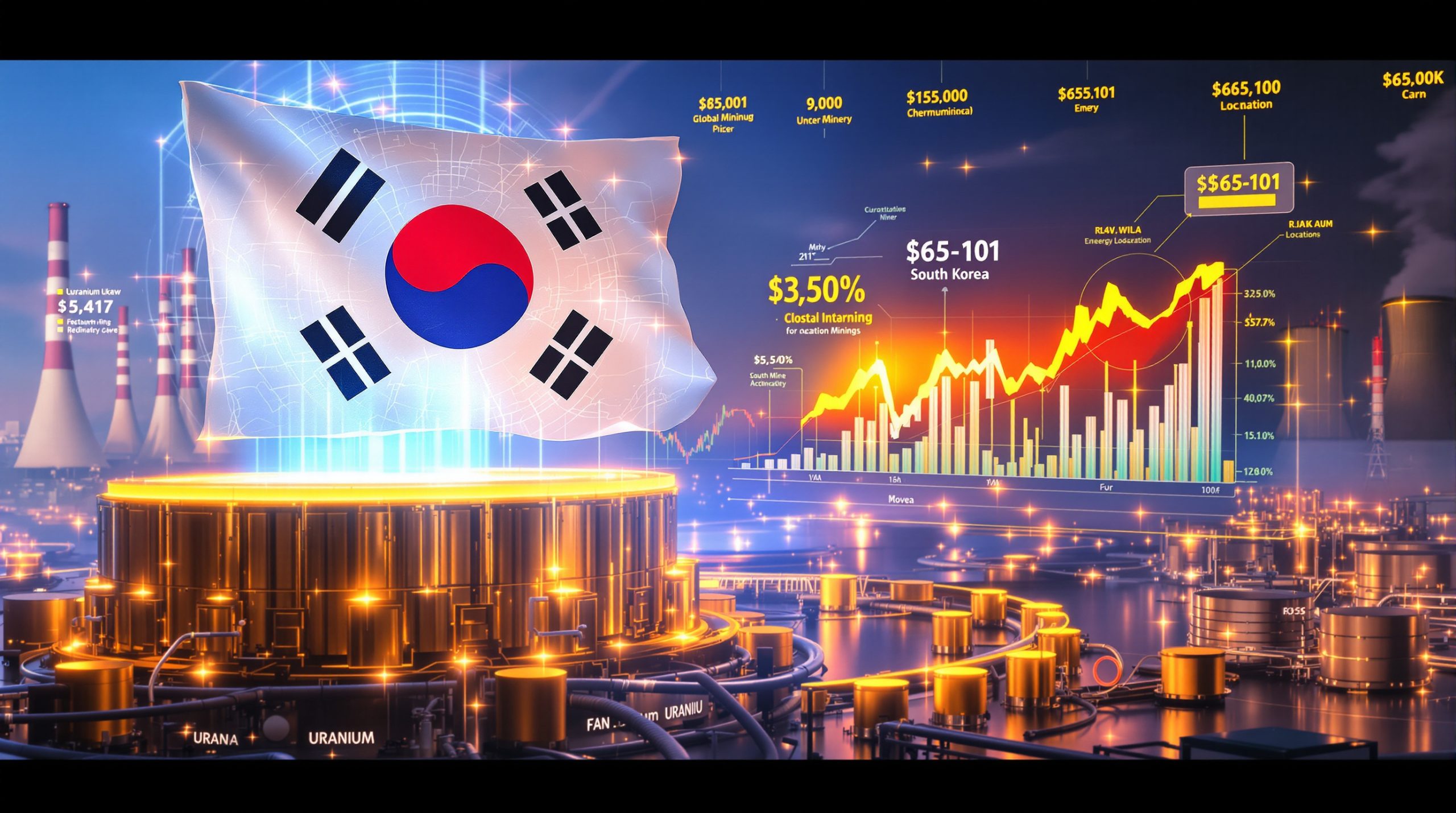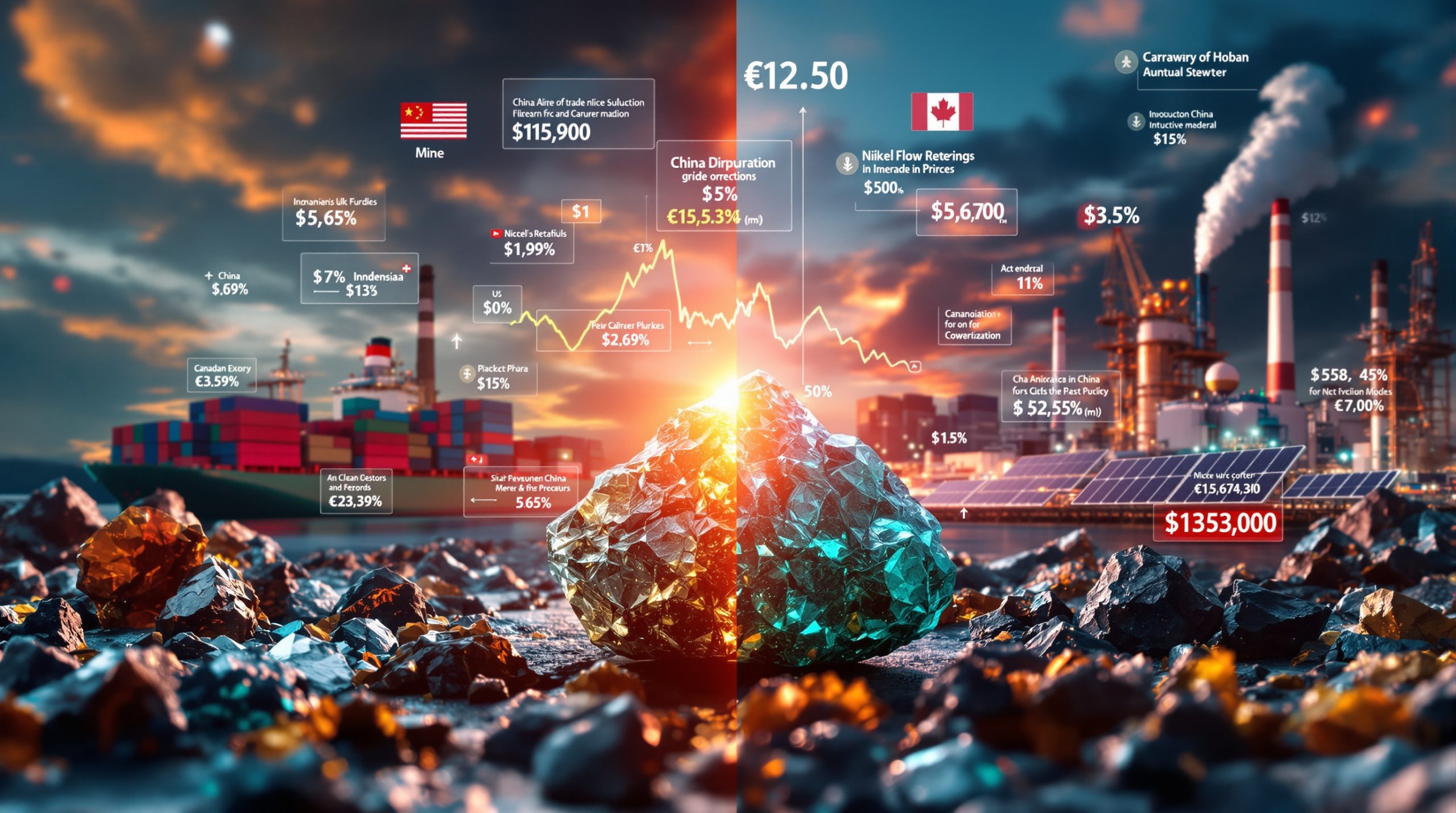Gold Price Prediction for 2025-2030: Analysis and Forecast
Gold has long been revered as a store of value and a hedge against economic uncertainty. As we move through 2025, the precious metal continues to demonstrate remarkable strength, capturing the attention of investors worldwide. This comprehensive Gold Market Analysis examines the factors driving gold's price trajectory and provides detailed forecasts for the 2025-2030 period.
What Drives Gold Price Movement?
Monetary Dynamics and Inflation
Gold is fundamentally a monetary asset driven by underlying monetary dynamics. Historical data demonstrates a strong correlation between M2 money supply growth and gold prices, with the yellow metal typically adjusting to reflect expansions in the monetary base.
Since 2020, the M2 money supply expanded by approximately 40%, and gold prices have gradually adjusted to reflect this monetary expansion. By 2024, gold had set new all-time highs in all major global currencies, confirming its role as a monetary barometer.
The relationship between gold and Consumer Price Index (CPI) remains particularly significant. While temporary divergences occur, gold tends to track inflation over time, with these divergences eventually correcting themselves. This pattern has been consistent throughout economic cycles.
Central banks globally maintain a target of approximately 2% annual CPI, which indirectly stimulates gold prices over the long term. This inflationary bias in monetary policy creates a supportive backdrop for gold's secular uptrend.
Inflation Expectations: The Key Fundamental Driver
The primary fundamental driver for gold is not inflation itself but inflation expectations, which can be measured through the TIP ETF (which tracks Treasury Inflation-Protected Securities). Gold and the TIP ETF maintain a strong positive correlation of approximately 0.87 since 2015, with only temporary divergences.
Currently, the TIP ETF remains within a rising channel, creating a supportive environment for gold prices. More significantly, the gold-to-TIP ratio displays a wildly bullish cup and handle reversal pattern, similar to structures seen during the 2005-2011 bull market.
Gold's ability to rise faster than inflation expectations is characteristic of strong bull markets and signals institutional capital flows into the precious metals sector. This phenomenon typically occurs during periods of monetary uncertainty or when confidence in fiat currencies diminishes.
What Do Gold Price Charts Tell Us?
Long-Term Gold Chart Analysis
The 50-year gold chart reveals two major secular bullish reversal patterns that have defined multi-decade trends:
-
The 1980s-1990s falling wedge that culminated in an unusually long bull market, delivering gains of approximately 650%
-
The 2013-2023 cup and handle formation that recently completed and confirmed with gold's breakout above $2,100
Gold's bullish thesis received strong confirmation with three quarterly candlesticks closing above the former all-time high, a pattern that historically precedes sustained uptrends. By March 2025, gold reached the psychologically important $3,000 mark, invalidating concerns about a potential bearish rising wedge pattern.
The long-term chart structure suggests we are in the early-to-middle stages of a secular bull market that could last until the latter part of this decade.
20-Year Gold Chart Perspective
From a 20-year perspective, the current gold bull market started slowly and is now demonstrating clear acceleration. The cup and handle reversal pattern formed between 2013-2023 provides a technical foundation for a multi-staged bull market.
Gold's decisive breakout above resistance levels in all global currencies confirms the strength of the current trend. The price drivers analysis suggests that price action today bears striking resemblance to the early stages of the 2001-2011 bull run, which delivered approximately 450% returns to investors.
Technical analysts note that the slopes of both the 50-week and 200-week moving averages have turned decisively upward, a configuration typically associated with multi-year bull markets in commodities.
How Do Leading Indicators Affect Gold Prices?
Currency and Credit Market Indicators
The Euro (which maintains an inverse correlation with the USD) remains supportive for gold prices with an inverse correlation coefficient of -0.68 since 2020. As long as the EUR/USD remains stable above the 1.05 level, the environment remains gold-friendly.
Bond yields, particularly the 10-year Treasury, have been hitting resistance around the 4.8% area, creating increasingly favorable conditions for gold. When yields stabilize or decline, gold's relative opportunity cost diminishes, attracting capital from fixed-income investors.
Treasury prices have demonstrated a positive correlation with gold prices during periods of economic uncertainty. This relationship strengthens during flight-to-safety scenarios, with both assets benefiting from risk-off sentiment.
Futures Market Positioning
Net short positions of commercial traders (primarily bullion banks) in the futures market remain elevated, registering in the 85th percentile historically. This "stretch indicator" suggests gold has limited rapid upside potential in the immediate term.
Despite this positioning headwind, a soft uptrend in gold prices remains possible as commercials can maintain their short positions while managing risk through options strategies and physical market operations.
This futures market data relates to theories about gold price manipulation, with analysts like Theodore Butler suggesting that concentrated positions by a handful of commercial banks can temporarily suppress prices, creating buying opportunities for long-term investors.
What Are Gold Price Predictions for 2025-2030?
Gold Price Targets by Year
Based on technical analysis, intermarket relationships, and monetary trends, a gold price prediction for 2025 2026 2027 2030 can be established:
- 2025: Maximum gold price around $3,275, building on the March 2025 breakthrough above $3,000
- 2026: Maximum gold price approximately $3,805, aligning with key Fibonacci extension levels
- 2027: Maximum gold price near $4,400, representing the 161.8% Fibonacci extension of the 2015-2023 base
- 2030: Peak gold price prediction of $5,155, which could represent a cyclical top
These targets assume the continuation of current monetary policies and no major deflationary events in the global economy.
Institutional Gold Price Forecasts
Major financial institutions have recently revised their gold price forecasts upward:
- Goldman Sachs: $3,100 (raised from $2,890)
- Bank of America: $3,500 (previously $3,000)
- JP Morgan: Range around $3,000
- UBS: $2,900 (up from $2,800)
- Commerzbank: $2,750 (previously $2,600)
Most major institutions are converging in the $2,800-$3,000 range for 2025, though they remain generally less bullish than technical forecasts based on chart patterns and historical cycles, as highlighted in the 2025 gold outlook.
The divergence between institutional forecasts and technical targets creates an interesting dynamic, potentially allowing for positive surprises as traditional analysts catch up to market realities.
Should You Invest in Gold or Silver?
Gold vs. Silver Investment Outlook
While both precious metals respond to similar macroeconomic factors, their performance characteristics differ significantly. Silver is expected to demonstrate more explosive price action, with a 2025 beta of 1.8 versus gold's 0.7 relative to the S&P 500.
Silver's price chart shows an insanely bullish structure after breaking out of a decade-long consolidation pattern. The gold/silver ratio, which measures how many ounces of silver it takes to buy one ounce of gold, remains above historical averages, suggesting silver has additional catch-up potential.
Gold provides stability and preservation of capital, while silver offers higher potential returns with corresponding volatility. A balanced approach might include both metals, with allocations determined by individual risk tolerance.
Silver benefits from industrial demand components that gold lacks, particularly in green energy applications. The solar panel sector alone is projected to consume approximately 20% of annual silver supply by 2027, creating a favorable supply-demand dynamic.
Frequently Asked Questions About Gold Prices
Is Gold Currently Bullish or Bearish?
Gold remains decisively long-term bullish on its secular timeframe. Early 2025 price action shows gold maintaining levels above $2,700, confirming bullish intent despite occasional consolidation phases.
Trade tensions between major economies and ongoing geopolitical factors, particularly in Eastern Europe and the Middle East, continue to support gold as a safe haven asset. Institutional allocation to gold has increased, with sovereign wealth funds and central banks diversifying reserves away from fiat currencies.
The momentum indicators on monthly and quarterly charts remain in bullish territory, suggesting the path of least resistance remains upward for the foreseeable future.
What Will Gold Be Worth in 5 Years?
Peak gold price forecasts by 2030 range from $4,500 to $5,000, with $5,155 representing a reasonable target by or before 2030. This price level corresponds to multiple technical projections and aligns with long-term monetary trends.
This psychologically important level might represent a peak price for this bull market cycle, potentially leading to a period of consolidation or correction thereafter. Investors should recognize that all bull markets eventually mature, requiring flexible investment strategies.
The 2025-2030 period is likely to witness increased volatility in gold prices rather than a straight-line advance, creating opportunities for both accumulation during pullbacks and profit-taking during extreme sentiment readings.
Can Gold Ever Reach $10,000 Per Ounce?
A gold price of $10,000 would require extreme market conditions that, while possible, remain low-probability scenarios. Such a dramatic price increase would likely coincide with significant disruption to the global monetary system, according to a recent JPMorgan gold price analysis.
Scenarios that could drive gold to $10,000 include:
- Uncontrolled inflation similar to or exceeding the 1970s (CPI consistently above 15%)
- Extreme fear driven by severe geopolitical tensions or global conflicts
- Major currency crises or fundamental restructuring of the international monetary system
While these scenarios cannot be ruled out entirely, they represent tail risks rather than base-case projections for the coming decade.
When Will Gold Prices Invalidate Their Bullish Trend?
Bullish gold price predictions would be invalidated if gold falls and remains below $1,770, a scenario that analysts assign a very low probability of occurring this decade. Such a move would require a global deflationary shock or a dramatic shift in central bank policies worldwide.
Gold's strong support levels and the ongoing demand from central banks, particularly in emerging economies like China, Russia, and recently Iran (March 2025), make a major reversal unlikely in the current macro environment.
Technical analysis suggests multiple strong support zones between $2,000 and $2,500, which should limit downside during normal market corrections.
How to Approach Gold Investing in 2025
Key Considerations for Gold Investors
Successful gold investing requires focusing on long-term trends rather than short-term price fluctuations. Historical data shows that gold typically experiences 14% average pullbacks even during secular bull markets, creating opportunities for strategic accumulation.
Monitoring inflation expectations via the TIP ETF remains essential, as this represents the primary fundamental driver for gold prices. Any significant divergence between gold and the TIP ETF could signal a potential correction or acceleration.
Currency markets, particularly the EUR/USD relationship, provide important context for gold's price action. Dollar weakness typically supports gold, while extreme dollar strength can temporarily suppress prices.
A balanced portfolio approach suggests allocations of 5-15% to precious metals for moderate risk profiles, with the specific balance between gold and silver determined by individual risk tolerance and investment horizons.
Investors should be prepared for periods of consolidation within the broader uptrend and use these price pullbacks as potential entry points for establishing or expanding long-term positions. Furthermore, understanding why gold stocks performance often differs from gold itself can help investors make more informed decisions about how to participate in the sector.
The 2025-2030 period presents a significant opportunity in the precious metals sector, with both fundamental and technical factors aligning to support higher prices. By understanding the primary drivers of gold prices and maintaining a disciplined approach, investors can potentially benefit from what appears to be a maturing secular bull market in gold, as evidenced by gold's 2024 rise insights.
Want to Catch the Next Major Mineral Discovery Before the Market?
Discovery Alert's proprietary Discovery IQ model delivers real-time notifications when significant ASX mineral discoveries are announced, helping you identify actionable opportunities ahead of the broader market. Explore historic returns from major discoveries by visiting the Discovery Alert discoveries page and gain your market-leading advantage today.




